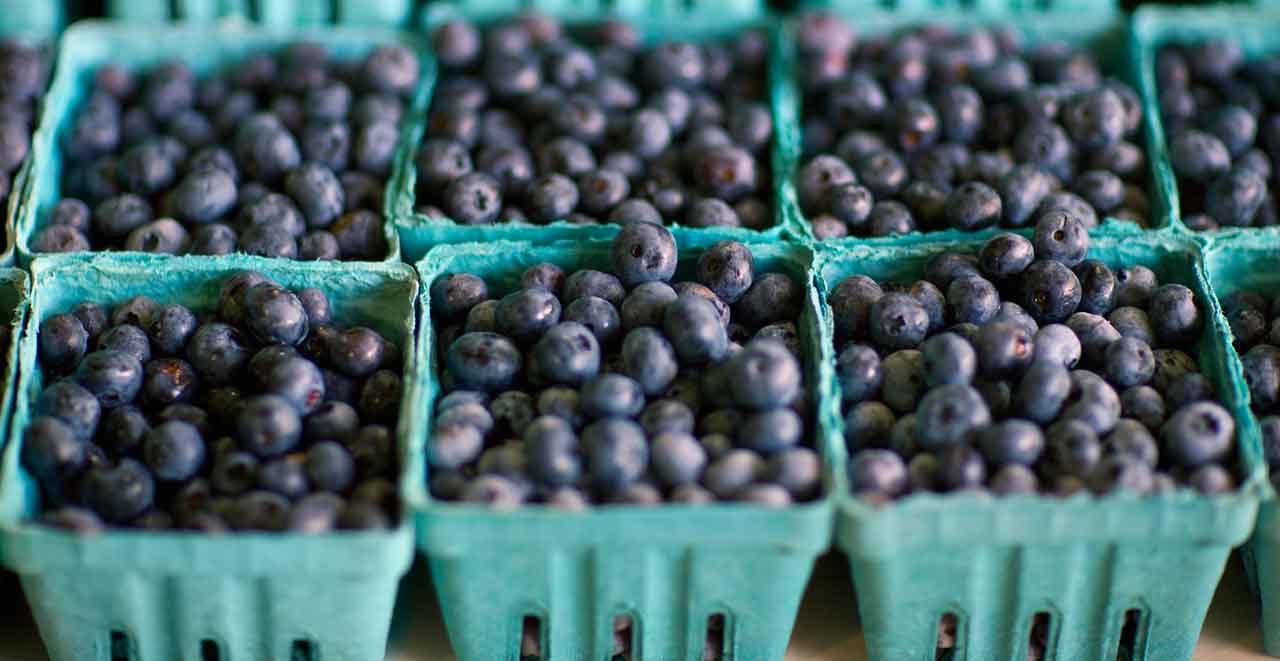Eating Colorful Fruits and Vegetables Can Improve Your Health

Colorful produce can help men avoid erectile dysfunction and lower everyone's risk of heart problems, cognitive decline, and type 2 diabetes. Learn more.
With age, mental decline, stroke, heart disease, type 2 diabetes — and erectile dysfunction in men — become more likely.
But you can do one thing right now to lower your chances of those health problems: Eat colorful fruit and vegetables, especially bright red, blue, and purple produce.
In colorful fruits and vegetables, natural chemicals called flavonoids offer powerful protection against aging.
YOU MIGHT ALSO LIKE: A Pear a Day Keeps Obesity Away
There are different kinds of flavonoids, all of them helpful in different ways.
Anthocyanins give foods blue, purple, or red color. Among Americans, the most popular foods containing anthocyanins are strawberries, blueberries, and red wine. Vegetable options include red onions, red peppers, and eggplant.
Oranges are good for you as well, as are leafy greens, which offer other benefits.
How to protect your brain
Flavonoids may increase blood flow to your brain. In a study that compared the diet and brain scans and cognitive test results of twins, the twin that ate more flavonoids had better results. The researchers concluded that eating about two servings of oranges and blueberries a day could provide a significant mental edge over time.
In a long-running study of nearly 50,000 U.S. female nurses and 30,000 male medical professionals, eating strawberries, oranges, grapefruit, apples, pears, celery, peppers, and bananas were linked to lower odds of self-reported mental decline.
Other studies have found that eating blueberries regularly delay cognitive decline by more than two years and lower your risk of Alzheimer’s disease.
How to protect your heart
Flavonoids boost heart function in general. Higher intake of fruit and vegetables is linked to less suffering and fewer deaths from heart disease. For example, in a study of more than 55,000 Danes over 20 years, researchers concluded that the volunteers who fell into the top 20 percent in eating flavonoids lowered their stroke risk by 12 percent, compared to the bottom 20 percent.
How to avoid diabetes
The same Danish data set revealed that the people who ate the most flavonoids cut their risk of type 2 diabetes by 19 percent, compared to the bottom group.
How to maintain your sexual function
Erectile dysfunction (ED) is related both to anxiety and poorer heart function. One study tracked more than 25,000 middle-aged men over a decade. The men were in good health at the beginning of the research, but more than a third of them reported problems with erections over time.
Based on surveys every four years, researchers concluded that those who ate more fruit were 14 percent less likely to have ED. Foods that contained anthocyanins were the most helpful. Combining exercise with eating colorful foods reduced the risk of ED by 21 percent.
ED is an early sign of heart problems. But it can also be a big motivator for change, says Eric Rimm, MD, a study author and a professor of epidemiology and nutrition at the Harvard T.H. Chan School of Public Health. Most men would probably rather think about having a good sex life than worry about a heart attack.
Overall health benefits of colorful fruit
Eating blueberries and strawberries may be a good way to promote longevity in general, according to a long-running study of more than 93,000 women. Those who ate the most flavonoids were the least likely to have died. High anthocyanin red wine packed the biggest punch.
A separate 16-year study of a group of elderly American men found that eating more anthocyanins was tied to stronger lungs. Your lungs begin to decline in the last third of life, and weaker lungs seem to shorten lives.
Another larger study found that both men and women who ate more anthocyanins were less likely to gain weight during the middle of their lives.
Blueberries are a reasonable source of fiber, which is an important part of a diet to protect your heart. They’re also full of manganese, which helps your body process cholesterol, carbohydrates, and protein.
What you can do
Eat colorful food.
Put berries in your breakfast and enjoy a smoothie, salad, or fresh fruit snack as often as possible. Choose red over white wine and red over white onions to get more of a natural boost. For more tips, check out this list of foods containing the most anthocyanins.
Avoid juices, even though they’re colorful; they’re a fast shot of sugar and associated with weight gain. Instead of orange juice, vary between oranges and blueberries with your breakfast.
Eat fresh berries in season and freeze some for later. In-season fruit have the most nutrients. But you can add frozen berries to oatmeal and microwave it without losing the benefits.
Commercial blueberries are one of the foods highest in pesticides, so it’s one food you might want to buy organic. But even organic blueberries need to be washed well.
YOU MIGHT ALSO LIKE: 8 Breakfasts to Improve Your Energy and Mood
Updated:
September 19, 2023
Reviewed By:
Janet O’Dell, RN